About Robot Arm Gravity Casting Parts
Products Features
High Structural Integrity
The structure of robotic arm is complex and mostly shaped structure, such as hollow arm, connecting seat with reinforcement, flange with integrated multiple interfaces, and the use of gravity casting can realize the one-piece molding of the complex structure, avoiding the welding and splicing process.
High Load Capacity
When casting robot arms for our customers, we often choose hard aluminum alloys (commonly used grades are A2017, A2024, A7075, etc.) and steel materials (such as stainless steel, tool steel, etc.), which allow the arm to easily cope with the working environment with a load of 50-100kg.
High Dimensional Accuracy
The molds used for gravity casting to produce robotic arm shells are generally steel molds, and the dimensions and surface smoothness of the mold cavities are very stable, which will not lead to the problem of poor precision of the casting parts, as in the case of sand casting and lost foam casting with molds made of other materials. Our gravity casting can achieve casting accuracy of 0.5 mm, while the machining accuracy can reach 0.03 mm.
Products Features of Robot Arm Gravity Casting Parts
1. Make A Pattern
According to the product drawings, we use CNC machining or 3D printing to produce a pattern in the same scale as the final product.
2. Mold Core Manufacturing
Due to the complex internal space of the robotic arm assembly, in addition to preparing the mold, we also need to manufacture the corresponding mold core, which is used to form the internal space structure of the casting.
3. Mold Manufacturing
In gravity casting, we often use hardened steel to make the mold, which is generally divided into two parts, the core is pushed into the upper and lower molds during casting, and fully preheated to improve the dimensional accuracy and quality of the castings.
4. Pouring
After the mold and core are assembled, the molten aluminum solution is poured through the gating system.The machine is poured slowly with the machine switch activated randomly to fill the cavity completely with molten metal.
5. Cooling And Demolding
The molten metal is cooled and solidified in the cavity to form the shape of the cavity, and the mold is cooled down by cooling water to help rough casting release.
6. Casting Processing
In order to make the dimensional accuracy of the casting parts to meet the customer's requirements, we generally need to carry out finishing operations on the finished rough casting, including drilling, scraping, chamfering, etc., to ensure that all machined surfaces of the specific tolerance of 0.03mm.



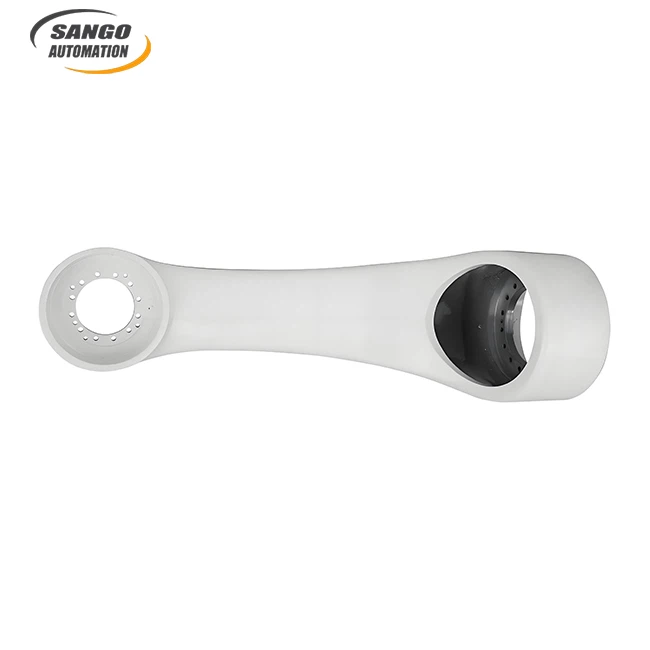
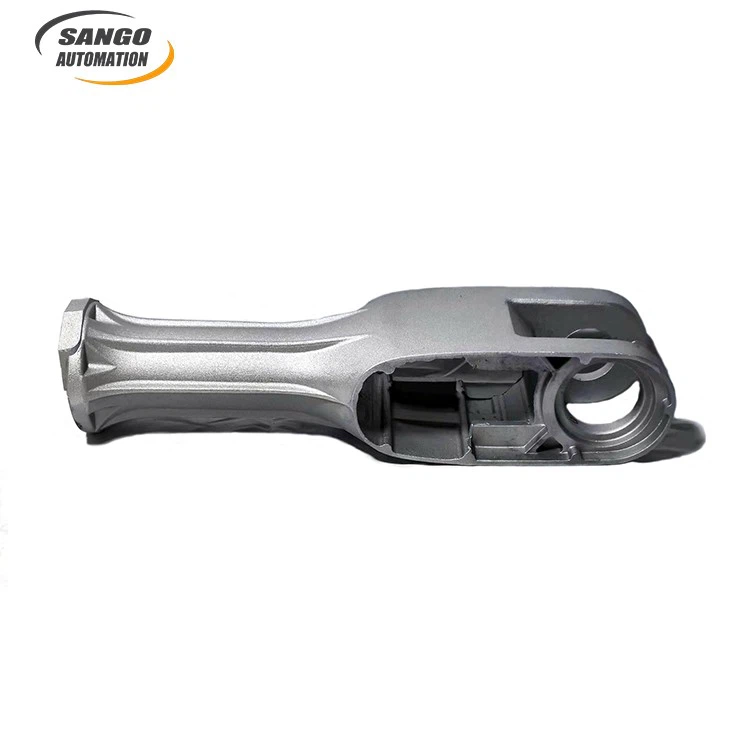



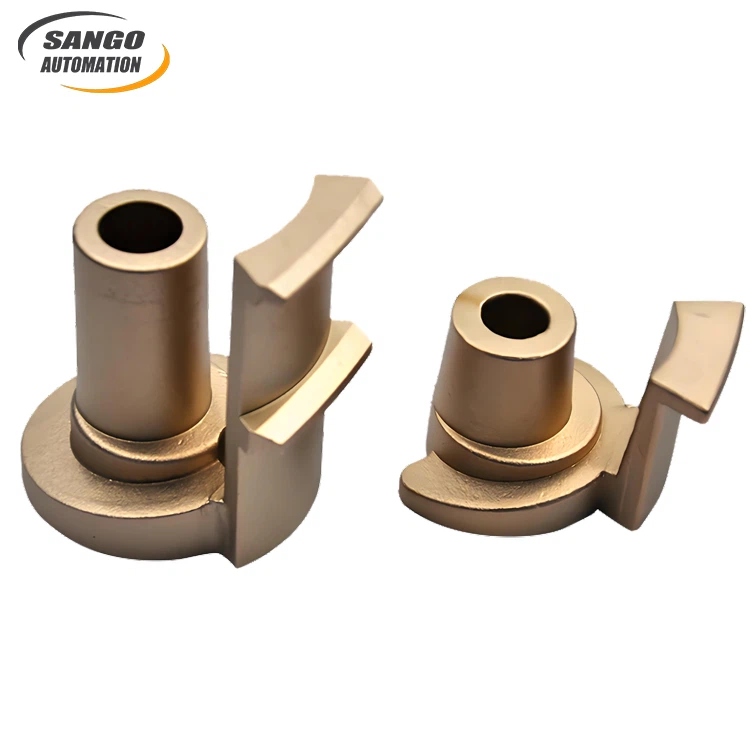
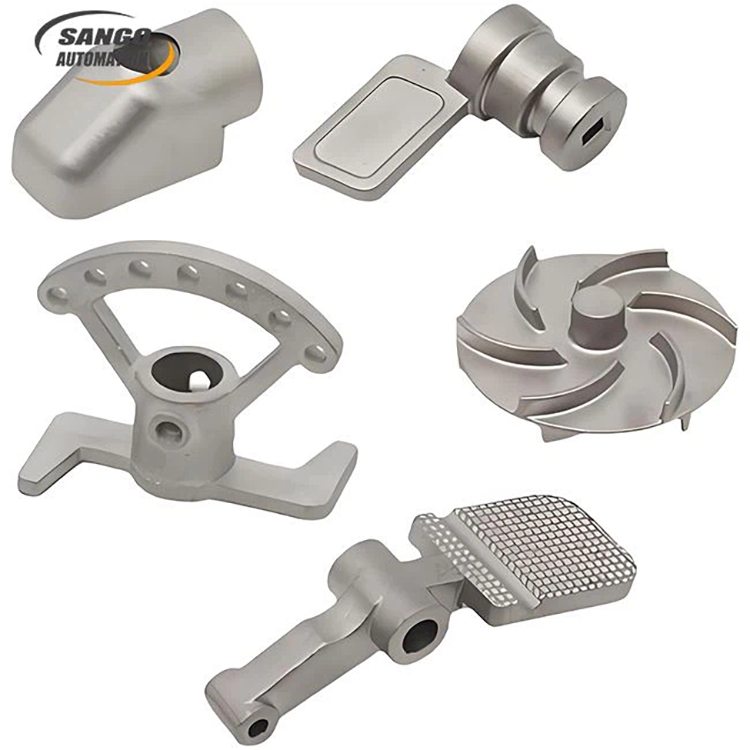
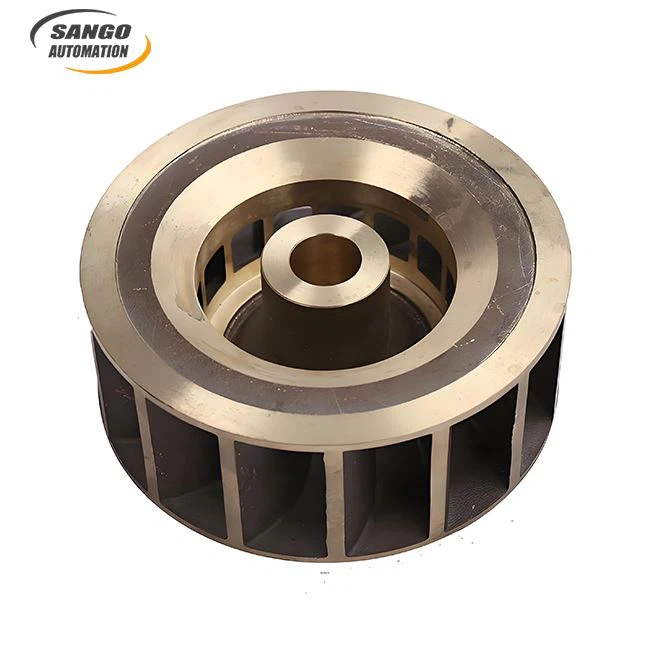

 English
English Spanish
Spanish French
French German
German Italian
Italian Chinese (Simplified)
Chinese (Simplified) Japanese
Japanese Korean
Korean Arabic
Arabic Portuguese
Portuguese